But How?
When the hiker brought them in, he was immediately skeptical. He understood enough about the history of the area to know what the guy was claiming simply wasn’t possible.
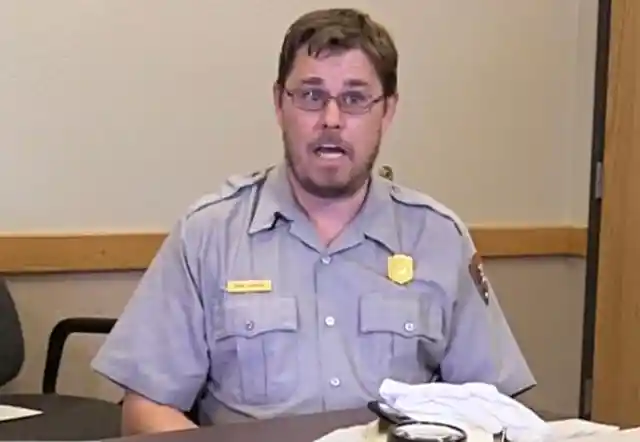
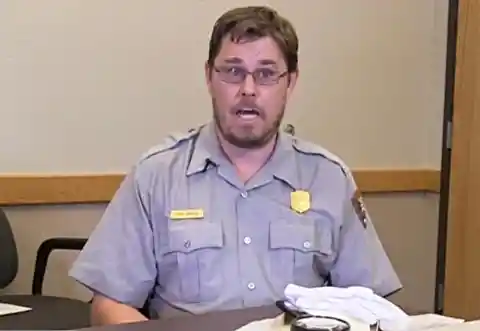
But something about his description told him this might be the real deal. And when he got a closer look at the artifacts, he knew he had to hide them fast.
Packed And Ready
A Colorado hiker and his girlfriend, who asked to remain anonymous for reasons that will soon become clear, set off on their trip that they’d been looking forward to for months.
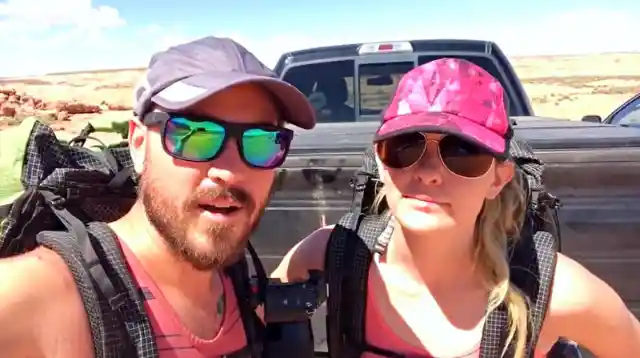
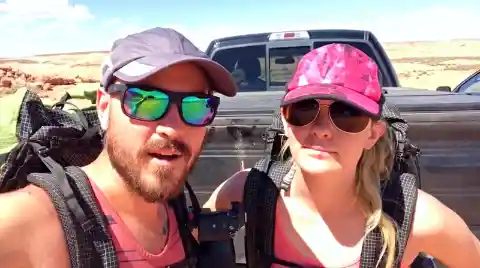
They had prepared for blistering temperatures and the arid terrain, but the couple was not ready for what was about to happen to them.
Quick Breather
As the adventurous pair explored the Halls Crossing Marina on Lake Powell, they decided to take a little break to rehydrate and make sure they were on the right track.
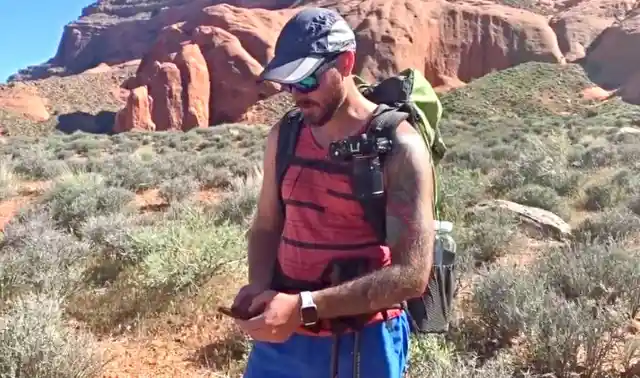
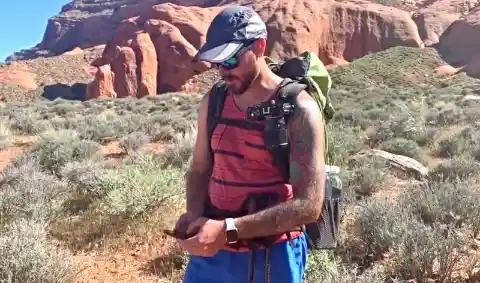
That’s when the hiker, let’s call him Jake, saw something glimmering in the sunlight. “It might be a piece of trash,” Jake said to himself, as he dutifully went to pick it up.
History Buff
Meanwhile, National Park Service archaeologist Brian Harmon was sitting in his office reading up on some history. He loved his job and understanding more about the backstory of the area he served made him feel a deeper connection with his work.
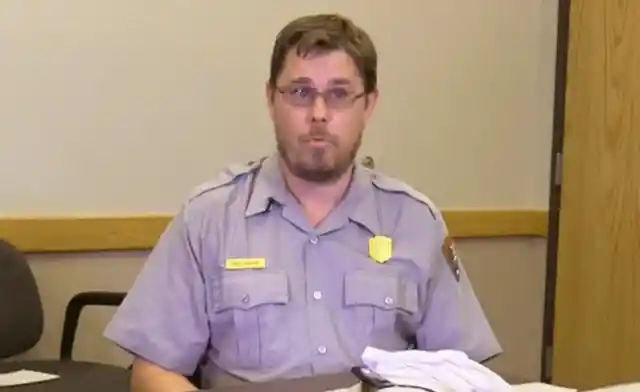
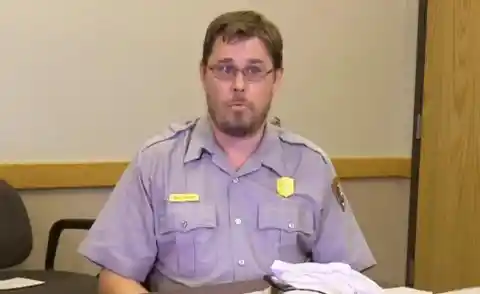
On that afternoon, an email came through that caught his attention. When he read it, he almost deleted it thinking it was probably just a hoax.
Treasure Trash
The email from Jake explained that he thought he was just doing his part and picking up some trash, but in fact, had come across some old Spanish coins. He discovered them in a tourist area that was once underwater after the Glen Canyon Dam was built in the 1960s.
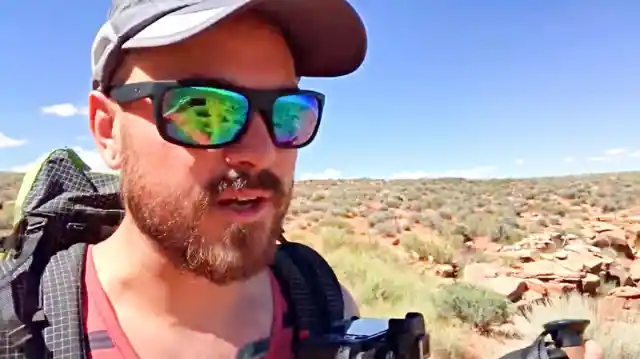
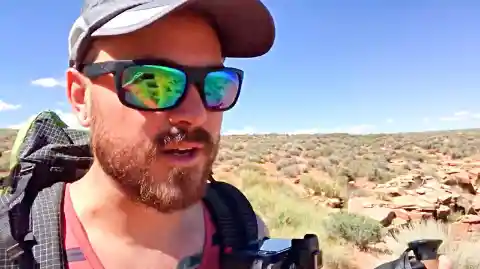
Brian knew there was no way he could have just stumbled across something like that lying there on the ground. But his description of the coins piqued his interest.
Impossible
Jake had done some research online and concluded that the larger coin could be from the 1660s and the smaller one from the 1290s. He was happy to bring them into the park service for further analysis.
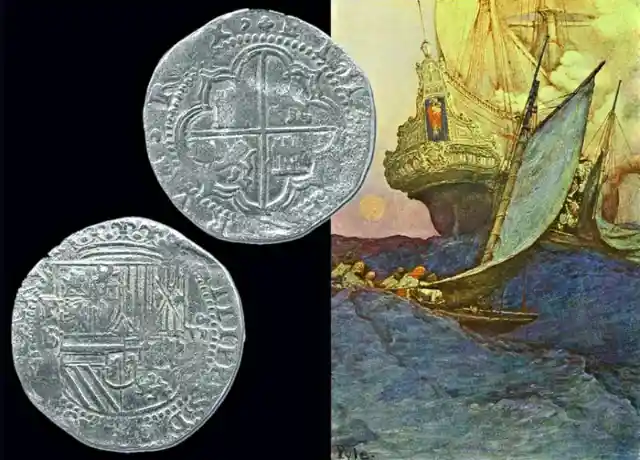
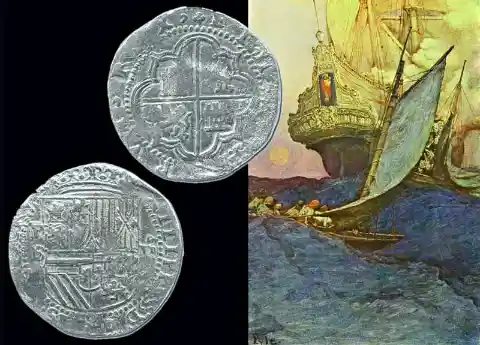
But as far as Brian was concerned, that was simply impossible. And there’s a very good reason why that was the case.
Real Deal?
The supposed date of the smaller coin was a full two centuries before Colombus arrived on the continent. But when Brian finally got to look at the coins for himself, he very quickly changed his tune.
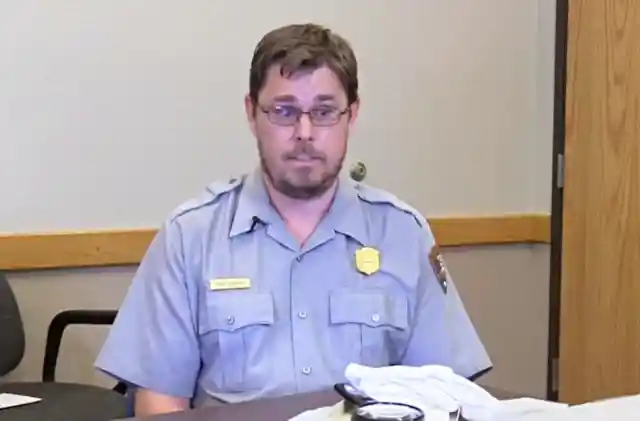
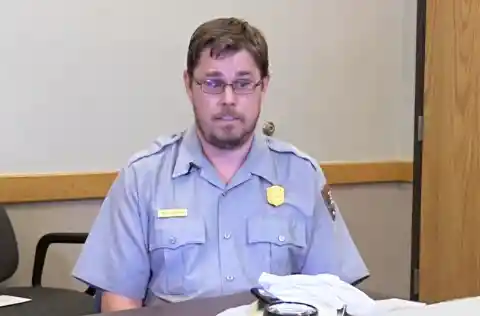
"This is very exciting!" he said when Jake brought the coins in. "I’ve never seen anything like this in my career." Brian knew one thing for sure: no one else could find out about these coins.
Fake Discovery?
Brian reached out to some trusted members of the archaeology community that specialize in old Spanish coins, and their response was disheartening.
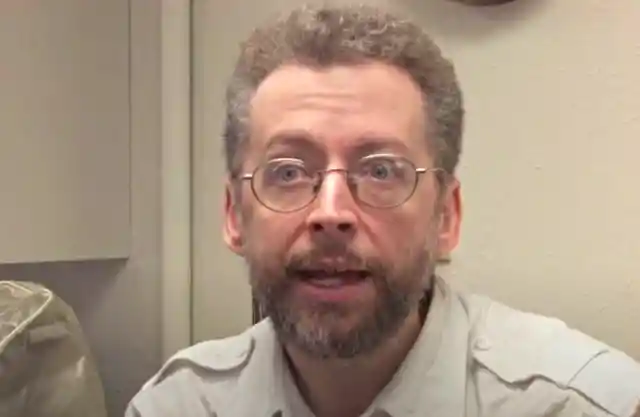
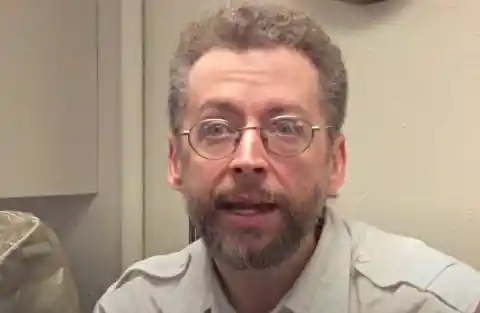
Some suggested it was a hoax, while others concluded they were probably replicas that found their way into the desert. But Brian was determined. He knew these coins were important. Without any support, he had an important decision to make.
Uncertain Origin
Brian knew that the first Spanish expedition into Utah was in 1776. However, Father Atanasio Dominguez and Father Silvestre Velez de Escalante didn’t venture into Hall’s Crossing, so it's very unlikely to be related - unless they’d given them to a Native American group.
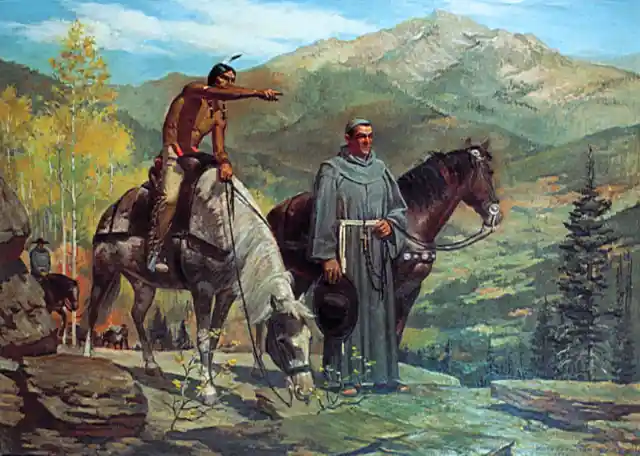
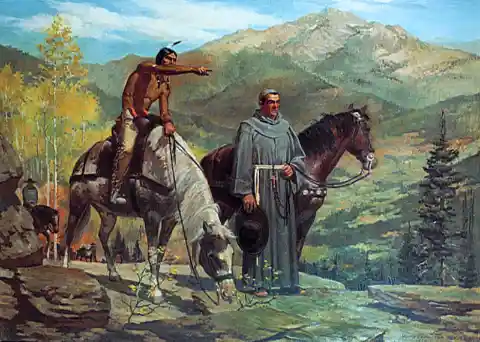
But a more exciting theory was that a group of Spanish settlers had made the area their home, unbeknownst to the history books. And it was for this very reason that Brian decided to keep the coins a secret.
Special Showcase
Brian knew that if there had been Spanish settlers in Hall’s Crossing, there would be plenty more artifacts where these came from and treasure hunters would flock to the area with metal detectors - which is illegal on land administered by the National Park Service.
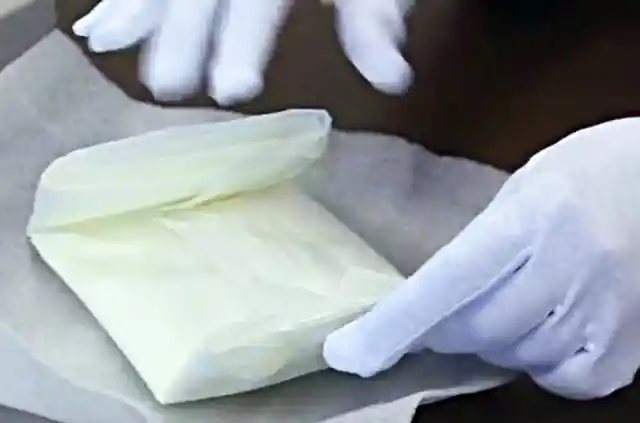
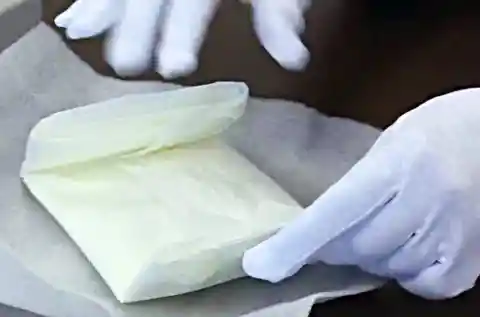
However, when KSL News asked to see the coins, Brian couldn’t contain his excitement. In a secure room in Page, Arizona, in the archives of the Glen Canyon National Recreation Area, Brian put on a pair of white gloves to reveal the treasure.
Show Me The Money!
While he refused to reveal the exact location they were found, Brian couldn’t help but get the coins out from under lock and key to show them off.
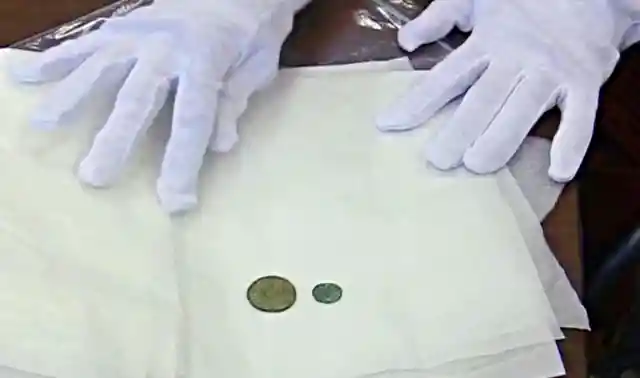
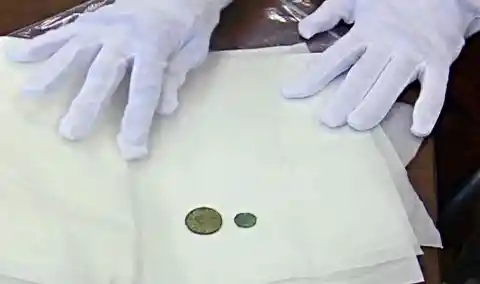
One of the thin coins is roughly the size of a quarter and the other is smaller than a dime. Both are slightly green in color, which suggests they’re made of copper or maybe silver. Despite the fact they're metal, Brian had a very good reason for being so careful.
Precious Metals
“We’re just trying not to touch them or get oil from hands or whatever else on them," he explained. “For being in the elements, they look really well-preserved,” Brian added how grateful they were to Jake for bringing the coins to their attention. "His behavior was a model of how to respect history. And as soon as he realized what he had, he reached out to us."
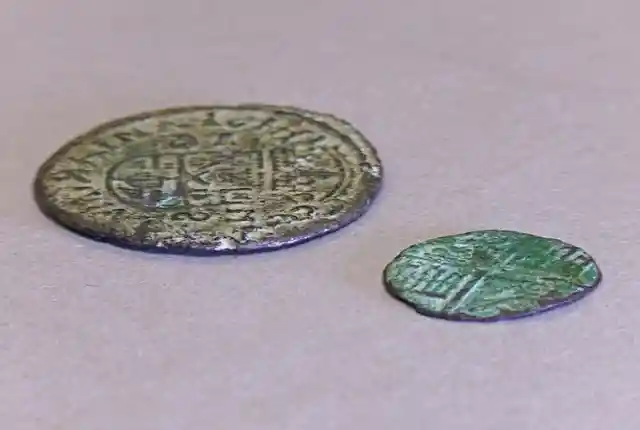
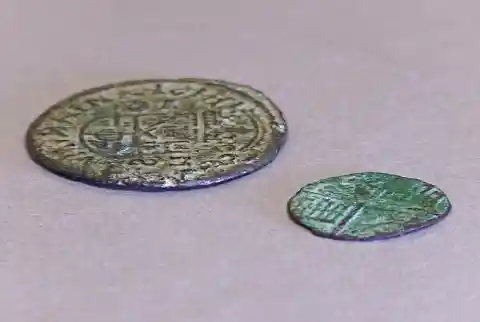
What do you think? Hoax? Or the next Gold Rush?